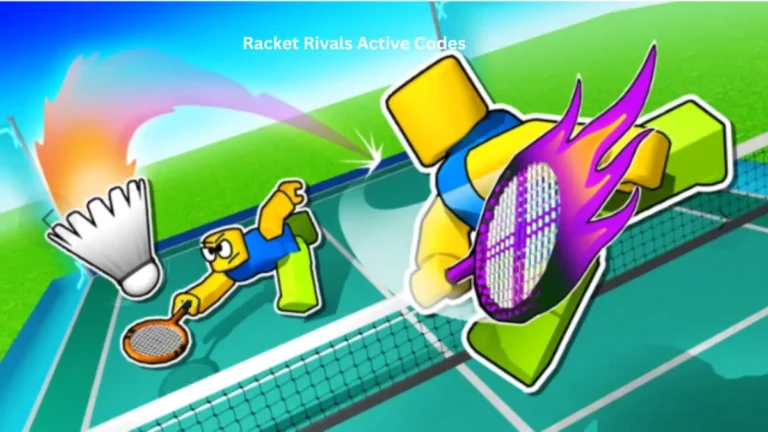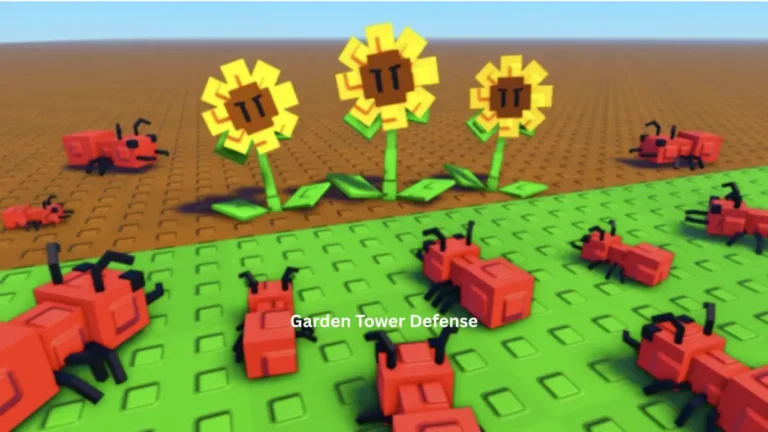Virtual reality entertainment has incredibly grown in popularity, and virtual reality tools have become increasingly available and accessible. Virtual reality (VR) is an interactive, simulated visual and audio environment generated by computer technology. Virtual reality games will give you the experience of rendering yourself into the virtual world. There are various VR team-building games and that are highly dedicated to their specific tasks and the organization in general.
Key elements of virtual reality
Virtual reality is used to describe a three-dimensional, computer-generated environment that can be explored and interacted with by a person. Here are the top four elements of virtual reality experience.
- Imaginary
It’s an imaginary space that independently exists from the real world. The medium used to create the virtual world is a simulation of visual elements rendered with computer graphics. Moreover, the communications between these elements are distinct by rules set by the creator.
- Immersion
With the virtual reality headshot, the users are placed in a virtual space. The VR headshots occupy the entire field of vision, while the headphones are used to achieve the same results with sound. As a result, it will fully immerse the users in another world.
- Interactivity
To feel like all the things are happening in real, a simulated environment is included in virtual elements so that you can easily interact with them, pick up an item, swing a sword to kill a goblin, push the ignition button of the plane in a flight simulator, or break a mug.
- Sensory feedback
It tracks the position of the users within a given space so that the computer renders the changes of positions. Moreover, the users moving their heads or bodies will be provided the illusion that they are moving in the virtual world. The inputs there are as close to reality as possible.
Basic terminologies with concepts
Prior to the development of compact technology, VR team building games use projector rooms and multiple screens. VR game controllers include a standard keyword and mouse, motion capture methods, and game controllers.
Here are some of the basic terminologies of virtual reality games.
- Field of view (FOV)
- In VR headsets, the field of view describes everything you see in the virtual world at any given moment while using headset.
- FOV can be easily measured in diverse ways. However, the device manufacturers might not accurately represent how much you can see relative to other headsets.
- The VR environment doesn’t fill or match your eye’s field of view while using your headset. This is the reason why you have a black border when using VR around the lenses you’re looking through.
- If the headset’s field of view is wide, the borders will look like you’re looking through a pair of goggles into the virtual world.
- Degree of freedom (DoF)
- The movement and tracking in VR are referred to as “degrees of freedom.” It is also referred to the number of ways a rigid object can move through 3D space.
- VR headsets are generally 3DoF or 6DoF. 3DoF means you can track rotational motion (whether the user has turned their head left or right, pivoted left or right, and tilted up or down).
- 6DoF means you can track both rotation and position. For instance, you can easily track whether the user has moved vertically, laterally, forward, or backward.
- Most VR headsets these days provide comprehensive 6DoF positional tracking. For instance, the older mobile and standalone headsets that are being phased out make use of 3DoF, such as Google daydream.
- Controllers
- There are various ways to interact with simulated content. Most headsets come with two controllers, one for each hand tracked in 6DoF with the inside-out tracking system.
- For games that don’t need move controllers, you can use the standard PS4 DualShock controller that comprises console.
- The controllers are tracked with the help of external lighthouses and can be bought alongside other non-index headsets that use the lighthouse tracking system.
- Controllers can be purchased separately and combined with other non-index headsets that use the lighthouse tracking system, such as Pimax or HTC Vive.
- Tracking type
- Every VR headset requires a technique to track the movement of the person wearing the system. The most popular form of tracking currently is called “inside out” tracking.
- The advanced simultaneous location and mapping algorithms monitor features of the physical environment surrounding the person wearing the headset.
- For the original HTC Vive and valve index, this hardware is sometimes called lighthouses that are little black boxes mounted in the corners of the room.
- The inside-out tracking can operate more efficiently without setup or mounting Hardware. However, it can fill in gaps when the head-mounted hardware can’t see the occasional body movements.
- Room-scale, seated and standing
- There are generally three types of tracked volumes with some software tailored for each play area size, including room-scale, standing, and seated.
- The room-scale VR is about setting a boundary or play area where you can freely and physically move around the area in the game.
- The seated and standing are similar to each other. It means the user is meant to stay roughly in the same place and use different movement options to simulate movement instead of physically moving through space.
- While standing in virtual reality may increase the sense of immersion in a virtual environment, it might come in second place compared to room-scale.
Virtual reality team building activities
The VR team-building games consist of players in the real and virtual worlds. It’s a fun and thrilling team-building experience, particularly for those fond of survival games. Although they focus on communication, collaboration, and problem-solving, VR games can range from virtual meditations and Pictionary to escape rooms. One person has to wear a VR headset and be stuck in a virtual room with a bomb. Their team players will have the instructions to defuse it. Moreover, to win the game, the team has to communicate effectively.
The bottom line
The virtual reality team-building games not only build trust but also strengthen relationships. People enjoy playing VR games; it doesn’t matter whether it’s their first time or a seasoned enthusiast. Playing VR team-building games offer a unique, unforgettable experience that anybody can enjoy and strengthen their relationship bonds.




